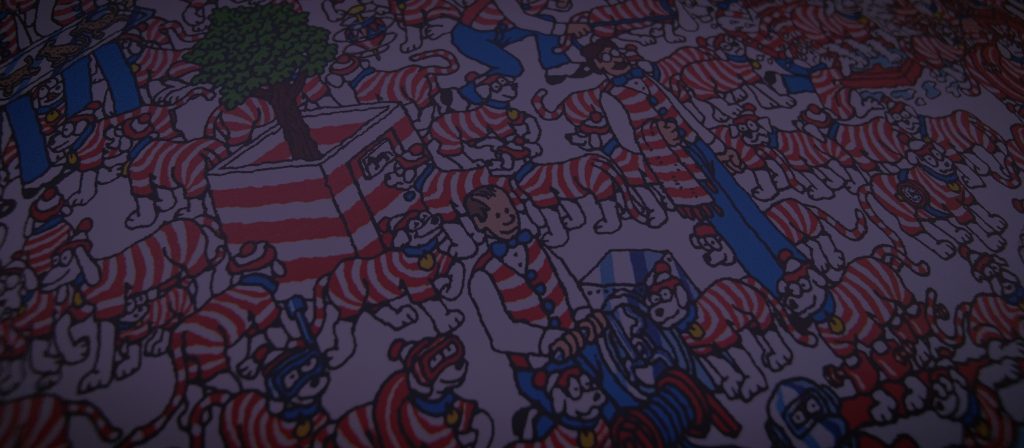
From Above, on Data Visualizations with Maps
Continuing my journey through understanding data visualizations conceptually and practically this week I’d like to create some maps. Data visualizations in maps are particularly fascinating for a number of reasons and we’ll explore what those are as well as three popular categories of maps; those being Locator, Symbols, and Choropleth.
All data deserves cleanup. To arrive at a meaningful story being told through data visualizations irrelevant and empty data needs to be corrected or culled. Omar Elgabry said in their Ultimate Guide to Data Cleanup, “Overall, incorrect data is either removed, corrected, or imputed.” For the majority of my data below I’d convert integer values into what they represented, such as a region code being swapped out for the region’s name. Next I’d filter out any irrelevant data columns and rows that don’t match the story I am trying to tell, such as users without a mobile phone for a story involving making mobile payments in-store. All the while it’s important to not unintentionally corrupt the data’s truthiness for the sake of the story I wish to tell.
Speaking on truth, the very act of deciding to use a map to represent data inherently comes with it a stretched reality. Just as if we were trying to represent a hypercube (a four dimensional object) in a three dimensional space, drawn on a two dimensional piece of paper, some sacrifices need to be made to illustrate the concept. Similarly, a map of the globe we live on needs to be flattened into a rectangular two dimensional image and will ultimately result in some form of distortion.
A good map tells a multitude of little white lies; it suppresses truth to help the user see what needs to be seen. Reality is three-dimensional, rich in detail, and far too factual to allow a complete yet uncluttered two-dimensional graphic scale model. Indeed, a map that did not generalize would be useless.
Monmonier, M. S. (2018). Chapter 3 – MAP GENERALIZATION: LITTLE WHITE LIES AND LOTS OF THEM. In How to lie with maps (p. 25). essay, The University of Chicago Press.
With the preamble out of the way, now I’d like to get my hands dirty and make some maps!
Locator
The first type of map I’d like to explore is a Locator map. Consider standing in a mall or amusement park with icons and labels indicating the location of food and attractions within a well defined region. Locator maps are especially useful for in-the-moment navigation, trip planning, or telling a story such as a historical battle.
This author has a vacation coming up to Denver Colorado for an event called DenFur. Their website leaves a lot to be desired for finding quality local food, so I took it upon myself to make a locator map that shows nearby food using colors and icons for grouping. Additionally, the hotel and event center is a confusing shape with a bridge over the street and an entrance in the middle, thus a locator map allowed me to draw the complex shape and mark the main entrance. Together, this information will be helpful navigating between getting food and enjoying the event.
Symbols
Zooming out I'd like to explore another kind of map. In The Truthful Art, by Alberto Cairo (page 13), "On a proportional symbol map, geometric objects (usually circles) or icons are scaled in proportion to [quantities]."
As a transgender queer designer I was interested in what the The United States Census Bureau had in respects to data on queerness throughout the country. This data could be limited down to what was available for those who identified as transgender or other, with information on the respondent's metro area as broken down in a weighted way by sexual orientation.
In retrospect, DataWrapper may not have been the best tool to display this data as it seems to warp reality by sometimes hiding data behind other elements as the z-indexing is not dynamic based on the resulting data per-region. However, it's still interesting to see at a glance how frequently respondents said they were uncertain of their sexual orientation, or were bisexual, compared to the lower number of respondents who identified as straight. As a transgender lesbian myself, this does admittedly make me giggle in a delightful way.
Choropleth
Zooming out once more for a global view leveraging a Choropleth map which fills regions with solid colors or textures. This kind of map is commonly used for identifying a gradient spanning between a low and a high value on some scale such as USA's political leanings across the country.
The World Bank had a plethora of fascinating information world-wide about the financial habits of people. Hundreds of different kinds of graphs could be made from their data, but one that caught my eye in particular was the data about in-store mobile store payments through technology like Apple Wallet and NFC payments on Android. I cleaned the data to limit down to only people with a mobile phone, an internet connection, and the general capacity to make mobile payments and then averaged the age per region for which there was data.
What is lost in this data visualization is the statistical weighted actual usage of in-store mobile payments, but what is gained is a fairly unique perspective on the average age of people who use in-store mobile payments per region which tells an interesting story on its own.
Maps are a powerful tool to tell stories through just a little data (like with a Locator map) or a ton of data (like with a Symbol or Choropleth map) in a way that a viewer can understand. Maps will always distort reality to some degree, but when done carefully great value can be extracted in a way that tells more of a story with a visual than just text and numbers could alone.